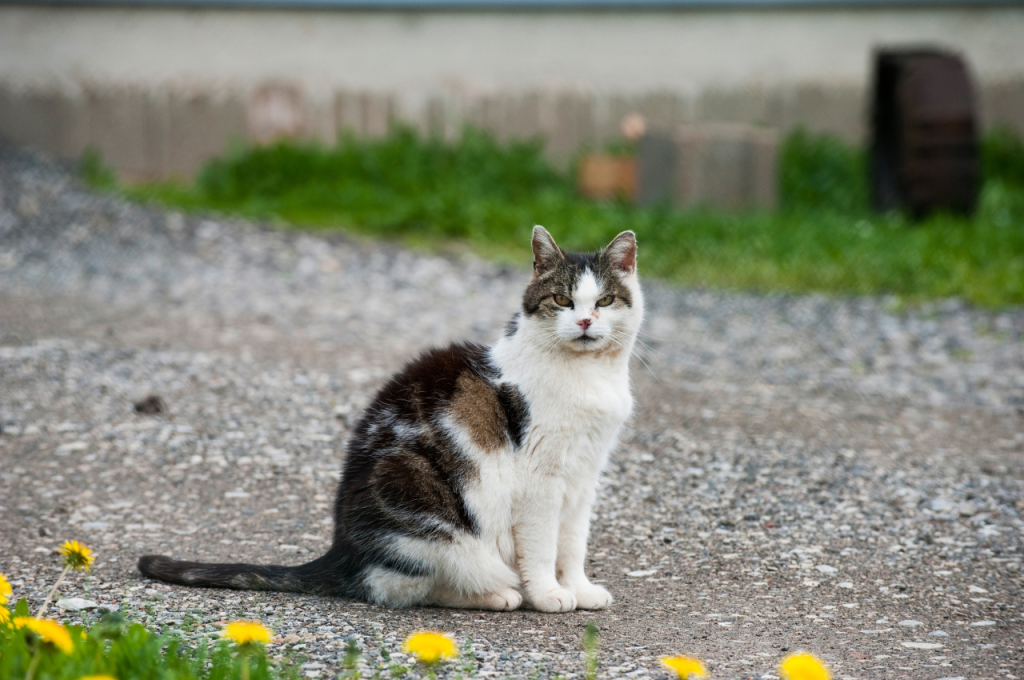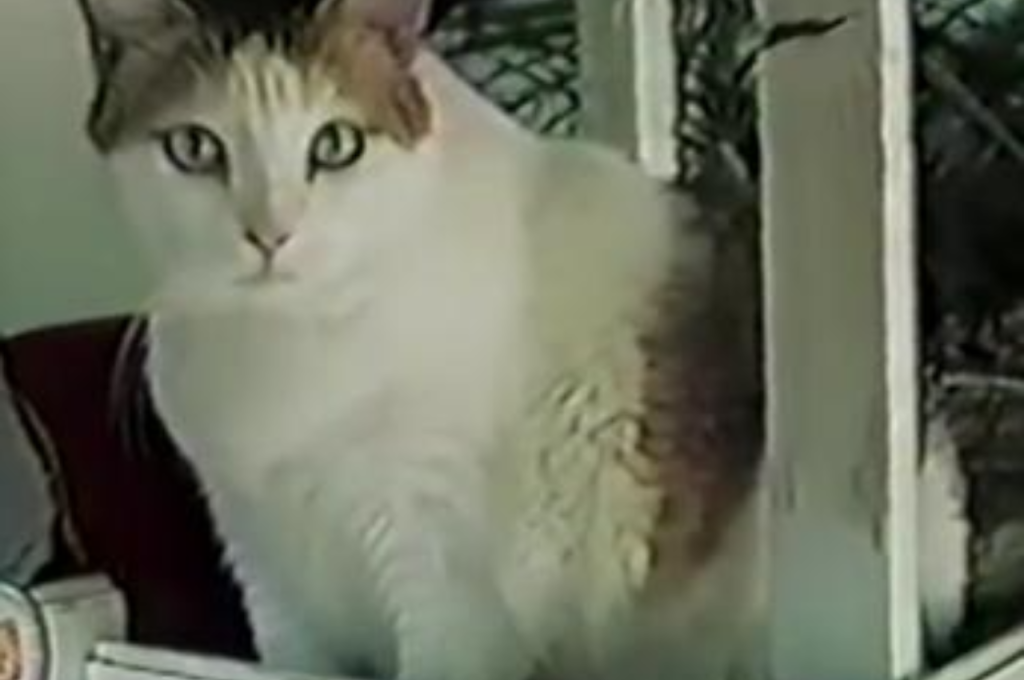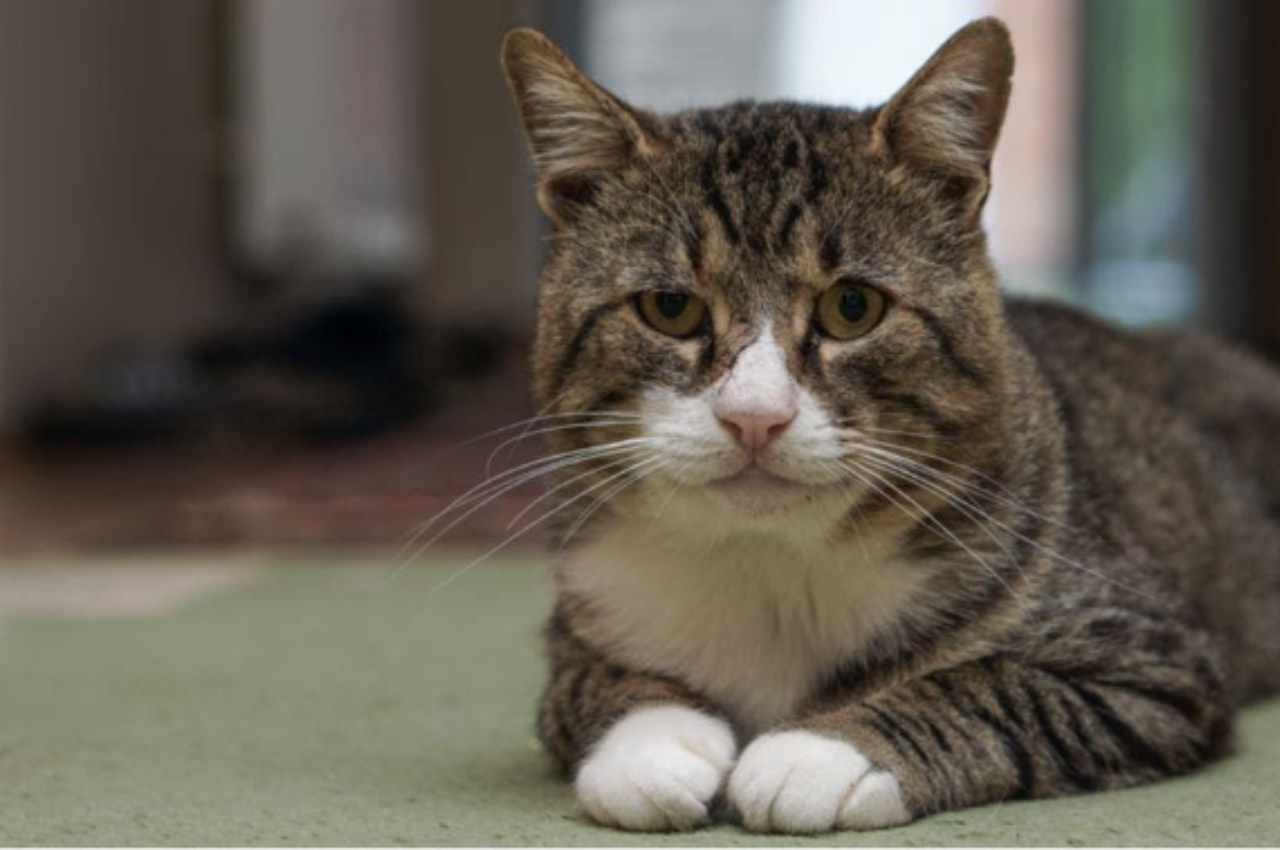Your cat’s age can be determined by looking at their teeth and behavior. Typically, cats aged 0-6 months will have baby teeth, 3-4 weeks old kittens will develop their first canines, and by the time they are 6 months old, they will have all of their adult teeth.
Cats are beloved pets for their playful nature, soothing purrs, and affectionate personalities. From the first day they bring new life to our homes, many cat owners wonder how old their feline friend is. While it’s not always obvious to know exactly how old your cat is, there are a few basic signs to help make a close estimate.
In general, a cat’s age is determined by looking at their teeth and behavior. Understanding your cat’s age is essential in taking care of their nutritional needs, medication, and overall health. This article will help you assess how old your cat is and provide some tips on how to care for them as they age.
Understanding Feline Aging
As cats age, their physical appearance and behavior change. Most cats are considered seniors at around 7 years old. However, the rate at which a cat ages depends on a variety of factors such as breed, genetics, and lifestyle. Understanding feline aging can help you provide the best care for your furry friends as they get older.

Cats are beloved pets who bring joy and comfort to their owners. However, it can be challenging to understand their aging process. Cats age differently than humans, and their lifespan depends on various factors such as breed, genetics, and environment. In this article, we will dive into the science behind cat aging, the seven life stages of cats, and how to determine your cat’s age accurately.
The Science Behind Cat Aging
Understanding the biology behind feline aging requires knowledge of how the animal’s cells work. Cells have a limited number of times they can replicate before they stop and die. This process is where aging begins. Cats have a unique anti-aging mechanism that allows their cells to replicate more than other animals without suffering from the same aging effects. However, this mechanism is not infallible and slows down as the cat ages. Cats that are well-cared for live longer than cats who are neglected and are prone to diseases. A cat’s lifespan is also dependent on its breed and genetics.
For instance, an indoor cat’s lifespan is higher than an outdoor cat’s, and the Siamese breed is known for its extended average lifespan, while the Manx breed has a shorter lifespan.
The 7 Life Stages of Cats
A cat’s life is divided into seven stages, and each stage has unique characteristics and needs. These stages are as follows:
- Kitten (0-6 months): This period is full of energy, curiosity, and growth.
- Juvenile (6 months-2 years): During this stage, cats become sexually mature and develop adult personality traits.
- Prime Adult (3-6 years): Cats reach their physical and mental peak, and their hunting skills are at their best.
- Mature Adult (7-10 years): Cats start to slow down, become less energetic, and may develop health issues such as arthritis and obesity.
- Senior Cat (11-14 years): Cats become more fragile, lose muscle mass, and experience a decrease in hearing, vision, and mobility.
- Geriatric Cat (15-18 years): Cats need constant care and may experience severe health issues such as kidney disease, cancer, and cognitive decline.
- Super Senior Cat (19+ years): These cats are rare, and their advanced age requires round-the-clock attention to maintain their quality of life.
Determining Your Cat’s Age
A cat’s actual age is not the same as its chronological age. The following features may help you determine your cat’s age:
- Teeth: Cats’ teeth go through different stages as they age. Kittens will have all their baby (milk) teeth by six weeks, and adult teeth by six months. After three years, cats’ teeth may start to develop tartar and wear down.
- Eyes: A kitten’s eyes will change color during their first few weeks of life, and adult cat’s eyes are fully developed. Senior cats may have cloudy or discolored eyes.
- Coat: Kittens have fluffy and soft fur, while adult cats’ fur will be shiny and sleek. Senior cats may have thinner and duller fur.
- Behavior: Kittens are playful and energetic, while senior cats may become less active and more aloof.
Calculating Your Cat’s Age
Calculating how old your cat is may seem simple, but it can be tricky. Cats age at a faster rate than humans, and their age is not directly equivalent to ours. A commonly used method is to count one cat year as four human years until they reach two years old, then count one cat year as six human years after that.
Cats come in various breeds and sizes, each with different life expectancies. For a cat owner, knowing your cat’s age is essential to provide the best care possible. However, calculating a cat’s age can be challenging, and many people often wonder whether a cat’s year is equivalent to a human year. In this article, we provide you with a simple method of calculating your cat’s age and factoring in its breed and health status.
The Simple Method
Calculating a cat’s age is not as straightforward as simply dividing it by seven as we do with humans. The International Cat Care Organization suggests a simple and more accurate method for calculating a cat’s age. The first year of a cat’s life is equivalent to fifteen human years. The second year is equivalent to ten human years, and every year after the second, add four human years to determine a cat’s age.
For example, suppose a cat is three years old. Using the method mentioned above, its age in human years is (15×1) + (10×1) + (4×1) = 29 years old. This method provides a more accurate measure of a cat’s age, taking into account its development stages.
Converting Cat Years to Human Years
You may want to know your cat’s age in human years, especially if you want to compare your cat’s age to your age or that of your peers. To convert cat years to human years, use the simple method explained above. It may surprise you to know that an eight-year-old cat is equivalent to a 48-year-old human, according to the simple method. Therefore, a twelve-year-old cat is equivalent to a 64-year-old human.
Factoring in Breed and Health
When calculating your cat’s age, it’s essential to remember that certain breeds have longer or shorter life expectancies. For example, the average lifespan of a Persian cat is fifteen years, while that of a Siamese cat is around twelve years. Moreover, a cat’s health status can impact its life expectancy. Regular exercise, annual vet checkups, and proper nutrition help increase a cat’s lifespan. A cat’s age may not necessarily reflect its physical and mental state. Therefore, it’s essential to factor in its health status when calculating its age.
Signs of Aging in Cats
Cats exhibit signs of aging, such as slower movements, reduced vision, and graying fur. While there isn’t an exact age for when a cat is considered “old,” factors like breed, health, and diet can influence their lifespan. Regular vet visits can help manage and prevent age-related issues.

It can be hard to determine the exact age of your cat, especially if you adopted them from a shelter or received them as a stray. However, some physical and behavioral signs can indicate your cat is aging. Here are some of the signs to look out for:
Behavioral Changes
As cats age, they may experience changes in their behavior. Here are some behavioral changes that are common in aging cats:
- Reduced activity levels
- Increased sleep
- Changes in eating and drinking habits
- Increased vocalization
- Changes in litter box habits
Some of these changes may be related to medical issues, so it’s important to have your cat checked by a veterinarian if you notice any significant changes in their behavior.
Physical Changes
In addition to changes in behavior, aging cats may also experience physical changes. Here are some physical changes to look out for:
| Change | Description |
| Weight Gain/Loss | Senior cats can suffer from loss of muscle mass while gaining fat |
| Dental Issues | Due to aging, a cat’s teeth may become worn down or decayed |
| Reduced Mobility | Arthritis, diabetes, or other ailments can impair mobility |
| Changes in Coat | The coat may become thinner or duller and stand up less |
| Decreased Vision or Hearing | Cats may lose some of their sight or hearing as they age |
If you notice any of these changes in your cat, it’s important to have them checked by a veterinarian to ensure they receive proper care. Remember, aging is a natural part of life, but with proper care, your cat can live a happy and healthy life well into their senior years.
Promoting Longevity in Cats
Ensure the health and longevity of your feline companion by understanding their average lifespan and ways to increase it. Regular veterinary checkups, a balanced diet, and plenty of exercise can all contribute to your cat’s long and happy life.
Cats are known for their longevity; however, as they age, it is essential to provide them with the right care and attention to help them live healthy lives. Promoting longevity in cats involves various factors, including providing proper nutrition, regular veterinary check-ups, and stress reduction techniques.
Proper Nutrition
Proper nutrition is vital for maintaining a cat’s health. As cats age, their dietary needs may change. Therefore, it is essential to feed your cat a well-balanced diet that meets their nutritional requirements. Avoid feeding your cat with human food, as it may upset their digestive system. When selecting cat food, ensure it is appropriate for their age and health condition. You should also ensure that the food provides the right balance of proteins, fats, and carbs. Additionally, ensure that your cat has access to fresh, clean water at all times.
Regular Veterinary Check-ups
Regular veterinary check-ups are crucial in promoting the longevity of your cat. Regular visits to the vet will help identify any health problems early, which can be treated before they worsen. These check-ups involve thorough physical exams, vaccinations, and diagnostic tests to ensure that your cat remains healthy.
Ensure that you schedule regular vet appointments, at least once every six months, especially as your cat ages. During these check-ups, the vet may recommend dietary or lifestyle changes to help improve your cat’s lifestyle.
Stress Reduction Techniques
Just like humans, cats can experience stress, which can lead to various health problems. Stress in cats can result from various factors, including changes in their environment, separation anxiety, or the presence of other animals. To reduce stress in cats, you can provide them with toys, scratching posts, or cat trees.
Ensure that their litter box is cleaned regularly and is located in a quiet and private area. You can also provide your cat with positive attention and play with them regularly. In conclusion, promoting longevity in cats involves providing them with the right care, including proper nutrition, regular veterinary check-ups, and stress reduction techniques. By following these practices, you can extend your cat’s life and provide them with a good quality of life.
Fun Facts About Cat Aging
Did you know that cats age differently depending on their breed and size? For example, a 5-year-old Siamese is the equivalent of a 36-year-old human, while a 5-year-old Maine Coon is the equivalent of a 40-year-old. Understanding cat aging can help you provide better care for your feline friend.
If you’re a feline enthusiast who’s ever wondered “How old is my cat?” you’re not alone. Cats age differently than humans, and it can be challenging to determine their age accurately. However, some informative fun facts about cat aging can ease your curiosity.
The Oldest Recorded Cat in History
According to Guinness World Records, the oldest recorded cat in history was named Crème Puff, who lived to be 38 years and three days old. Crème Puff set a world record that has yet to be broken. Interestingly, cats that are indoors only tend to live longer than felines that live outdoors, and most cats don’t make it past age 16.

Changes in Aging Cats’ Personalities
As cats age, just like humans, their personalities may change. They may become less active, more affectionate, or less sociable. Cats may also develop age-related medical conditions that affect their behavior and temperament.
For example, arthritis can cause discomfort and make jumping challenging, and hearing loss can make cats more vocal. Therefore, it is important to monitor any changes in your cat’s personality or behavior, particularly as they enter their senior years.
Conclusion
Determining the age of a cat is a crucial piece of information for every cat owner. By understanding the age of your feline friend, you can provide them with the appropriate nutrition, healthcare, and attention they need as they age.
With the various physical and behavioral signs of age, you can evaluate your cat’s age accurately. Whether your cat is a kitten or a senior, it’s essential to provide them with the care they need to ensure they lead happy and healthy lives.
